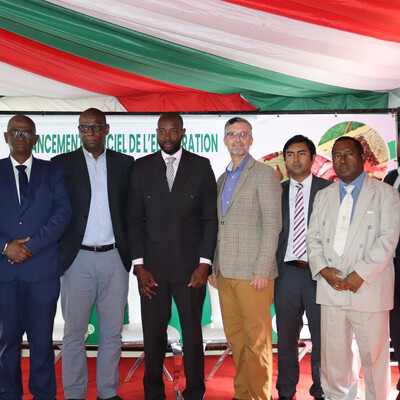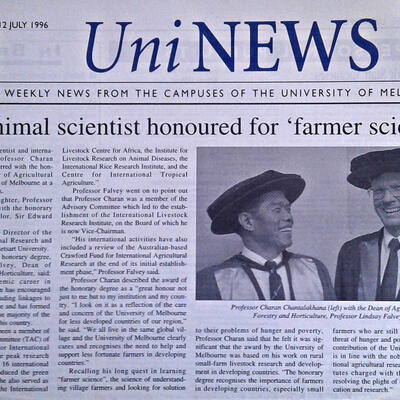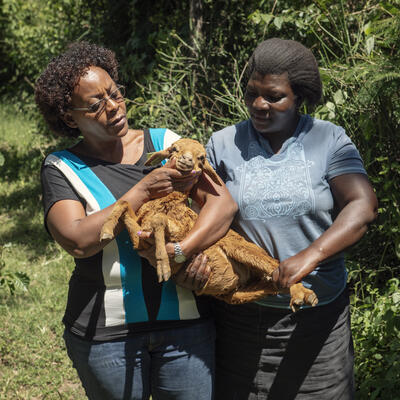
A system to cost effectively create a continuous supply of F1 heifer via sexed embryos
Many of Heifer Project International’s projects are centred on the provision of improved animals to and training of low income families. In relation to dairy cattle in a number of sub-Saharan African countries, HPI has indicated that they are unable to meet the demand for high quality animals from local sources. Whilst this has been partly overcome in the short-term by the importation of animals from USA and South Africa, the cost associated with this is prohibitive (fro example, it costs a minimal of US$3,000 to import an in-calf heifer from South Africa to Kenya, personal communication, Sahr Lebbie)
A system that would ensure the continuous supply of F1 females would be advantageous to HPI and their smallholder dairy clients. A system meeting these needs can be provided through the use of three reproductive technologies in combination, namely sexed semen, in-vitro fertilisation and embryo transfer (abbreviated to SIVET). Current projections indicate that SIVET can result in an increase in profitability of around 70% per cow per year (over the lifetime of the cow) in comparison to the use of artificial insemination alone, under Kenya smallholder production systems.
This project is to pilot the use of SIVET under smallholder dairy farming conditions.
Objectives/Goals
Specifically this system would:
- lift the normal ratio of having a female calf from 50:50 to around 85:15,
- ensure a continuous supply of F1 females of known genetic background,
- provide a consistent and better match of genotypes to production environments (smallholder systems),
- reduce wastages (such as uneconomical raising of male calves) and enhance productivity by channelling most inputs to the dairy cows and
- increase overall profitability of smallholder dairy enterprises in a sustainable manner.
Project location
Kenya
Expected outputs
- Establish the SIVET techniques under controlled (research) conditions with production of 50 to 100 F1 females.
- Establish the embryo transfer technique under smallholder conditions, with production of 50 to 100 F1 females.
- Preparation for up scaling of the technology in Kenya and replication and upscale of the technology in Rwanda and Uganda
- Provide back-stop support for delivery of the up scaled technology.


















